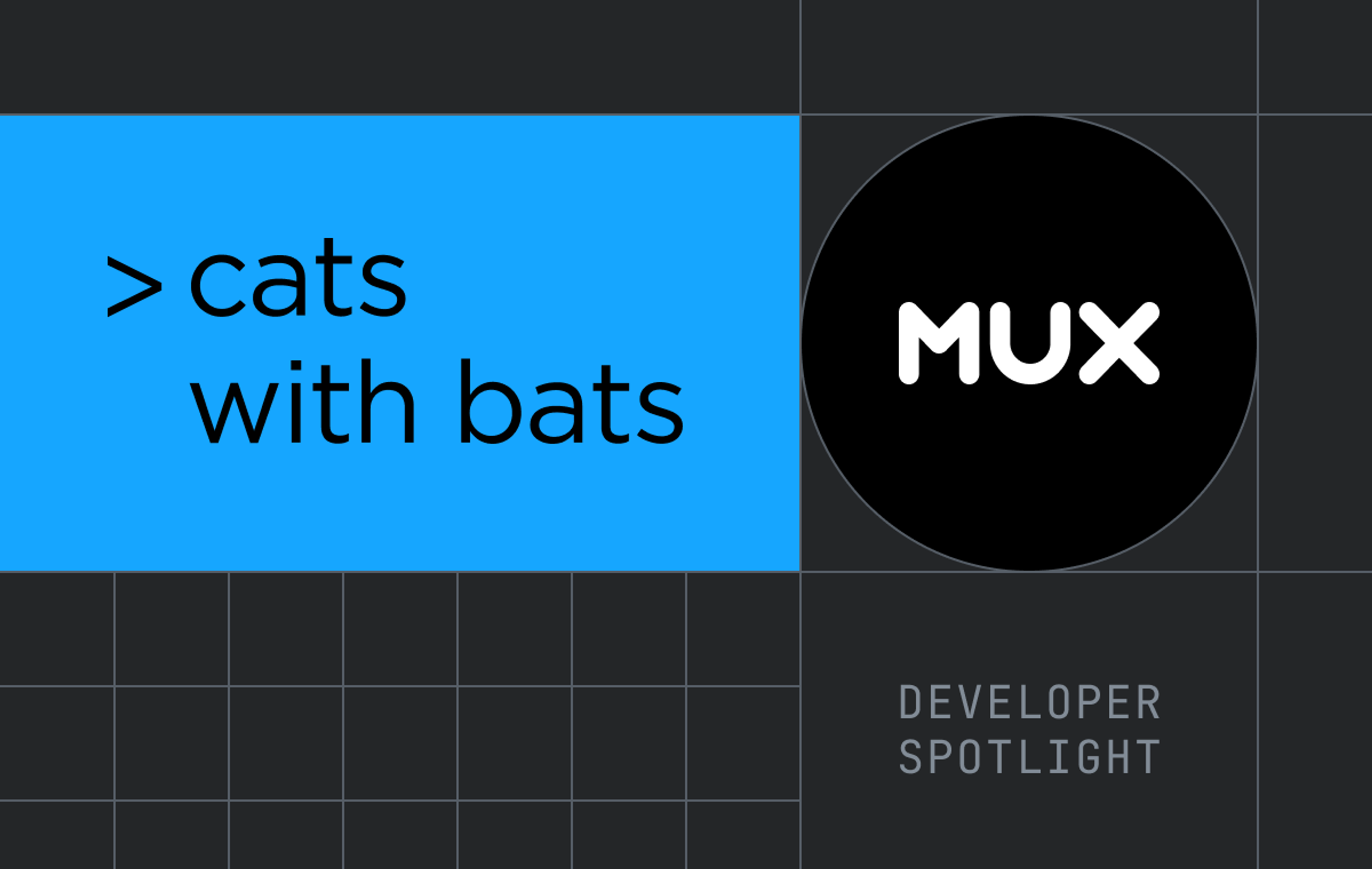Just like with any learned skill or hobby, you often start with no experience and learn as you go. This was me at around 13 years old — when I began experimenting with audio and music production. My parents gave me my first acoustic guitar, and eventually, my playing improved enough to be worth recording. When I first recorded the guitar, I thought, "Why use just one mic when I can use two?" So, I placed two microphones pointed at the same spot on the guitar. After recording, I noticed that the resulting sound had this strange, hollow effect. A few times, by mistake, I had set the audio track in Pro Tools to mono while using two mics, and no sound came through.
We’ll get back to this later, don’t you worry.
The mysterious silent video
Making a long story short, we received a customer complaint about muted audio.
“We've had reports from multiple users that they don't get any sound on this specific video. They have no issues with other videos. Do you know what could be causing this? I haven't been able to reproduce it myself.”
The video player (Mux Player) wasn’t muted, yet the customer still couldn’t hear any audio. Since other videos were working fine, we ruled out hardware or browser issues.
We couldn’t reproduce the problem either. We tried desktop computers, MacBooks, iPhones, Android devices—everything worked fine. Every device played the audio. We explored several possibilities: Was the Mux Player failing to pick up the audio tracks in specific environments? Could it be a certain browser or browser version? Was the issue related to transmuxing from the source? None of these theories seemed to hold up. After 133 replies in our internal Slack thread — possibly a Mux record! — we were still stumped.
One of our team members was finally able to replicate the issue on his MacBook and iPhone, but we still couldn’t figure out why. We went through 10 different potential causes but still couldn’t identify the culprit.
Then, I put on headphones and had a flashback to my early recording days. The sound had that unmistakable hollow, empty quality. Now, for the fun part.
The geeky goodness
The audio sent to us (and the audio we created, since we pass through the audio channels — stereo to stereo) had a phasing issue.
Before we dive too deep into the technical side, let’s cover the basics. In this case, out-of-phase audio refers to two separate audio waveforms that should be in sync but are misaligned. Imagine one wave at its peak while the other is at its trough — they effectively cancel each other out. For some reason, the stereo channels ended up being 180 degrees out of phase. Since they were an exact inverse of each other, when summed to mono, they completely canceled each other out. This created the illusion of muted audio in the playback example, but in reality, the stereo signals were just canceling each other out.
But why were only some people experiencing the issue?
It came down to the device settings. The few users who couldn’t hear the audio were on iPhones with an accessibility setting enabled that sums all audio to mono (for the hard of hearing). Everyone else, listening in stereo, heard the audio just fine — it wasn't actually muted. We confirmed this when our team member toggled that accessibility setting, and voilà, the audio played perfectly.
Now, you might be wondering, "Why would someone create out-of-phase audio?" Most of the time, it’s unintentional. It can happen without the person realizing it, often from using two mics that are improperly placed. If not corrected during post-production, it can slip through unnoticed.
How can you fix this without re-recording audio?
Since phase issues are usually created by recording techniques, it’s possible to resolve them by using either of these options:
- In your DAW (Digital Audio Workstation), look for a phase flip or phase invert button (usually a symbol like Ø). This is typically found on each channel strip or track.
- Shifting regions on the timeline by small amounts. Zoom in extremely closely on a region and nudge it gently until the waveforms are no longer canceling.
The eerie end
What did we learn from this experience? Video Audio is hard, everyone.



